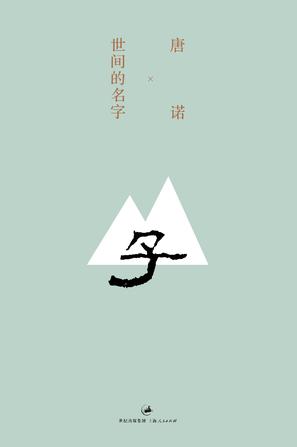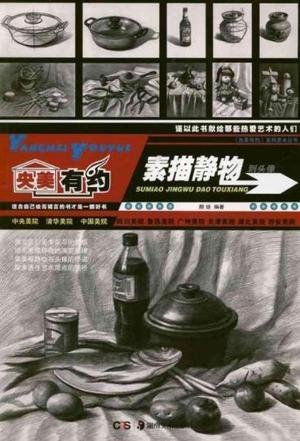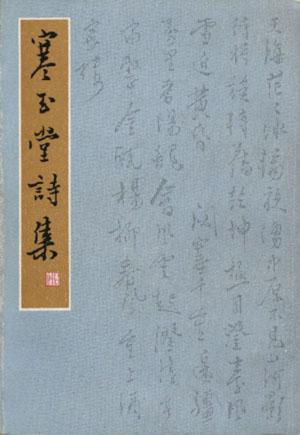The intense piety of late T'ang essays on Buddhism by literati has helped earn the T'ang its title of the "golden age of Chinese Buddhism." In contrast, the Sung is often seen as an age in which the literati distanced themselves from Buddhism. This study of Sung devotional texts shows, however, that many literati participated in intra-Buddhist debates. Others were drawn to Buddhism because of its power, which found expression and reinforcement in its ties with the state. For some, monasteries were extravagant houses of worship that reflected the corruption of the age; for others, the sacrifice and industry demanded by such projects were exemplars worthy of emulation. Finally, Buddhist temples could evoke highly personal feelings of filial piety and nostalgia.
This book demonstrates that representations of Buddhism by lay people underwent a major change during the T'ang-Sung transition. These changes built on basic transformations within the Buddhist and classicist traditions and sometimes resulted in the use of Buddhism and Buddhist temples as frames of reference to evaluate aspects of lay society. Buddhism, far from being pushed to the margins of Chinese culture, became even more a part of everyday elite Chinese life.
Mark Halperin is an Associate Professor of East Asian Languages and Cultures at the University of California, Davis. He received his Ph.D. at University of California, Berkeley in 1997.
Research Interests
Medieval Chinese literature, religion, and literati culture; Han Chinese accounts of border peoples.
Current Projects
An examination of the ties between Buddhist monks and loc...
Mark Halperin is an Associate Professor of East Asian Languages and Cultures at the University of California, Davis. He received his Ph.D. at University of California, Berkeley in 1997.
Research Interests
Medieval Chinese literature, religion, and literati culture; Han Chinese accounts of border peoples.
Current Projects
An examination of the ties between Buddhist monks and local gods in late Tang and Song China
An examination of the depiction of doctors (yi) in medieval literature.
Major Publications
Out of the Cloister: Literati Perspectives in Sung China, 960-1279, Cambridge: Harvard University Asia Center, 2006.
"Domesticity and the Dharma: Portraits of Buddhist Laywomen in Sung China" in T'oung Pao 92.1-3 (2006): 50-100.
"Buddhist Temples, the War Dead, and the Song Imperial Cult," in Asia Major, 3rd ser. 12.2 (1999): 71-99.
Honors and Awards
ASUCD Teaching Award, 2003-4
Chiang Ching-kuo Foundation Fellowship, 2003-5
University Seed Grant, The Ohio State University, 2001-2
Courses Taught
Great Books of China (CHN 11)
Classical Chinese I (CHN 114)
Classical Chinese II (CHN 115)
Classical Chinese III (CHN 116)
Daoist Traditions (CHN 100A)
Traditional Chinese Literature (CHN 107)
 Out of the Cloistertxt,chm,pdf,epub,mobi下载
Out of the Cloistertxt,chm,pdf,epub,mobi下载 首页
首页



一个彻底的解看!
一方面满足了自己的好奇心
一种全新的角度切入
大爱,好好看